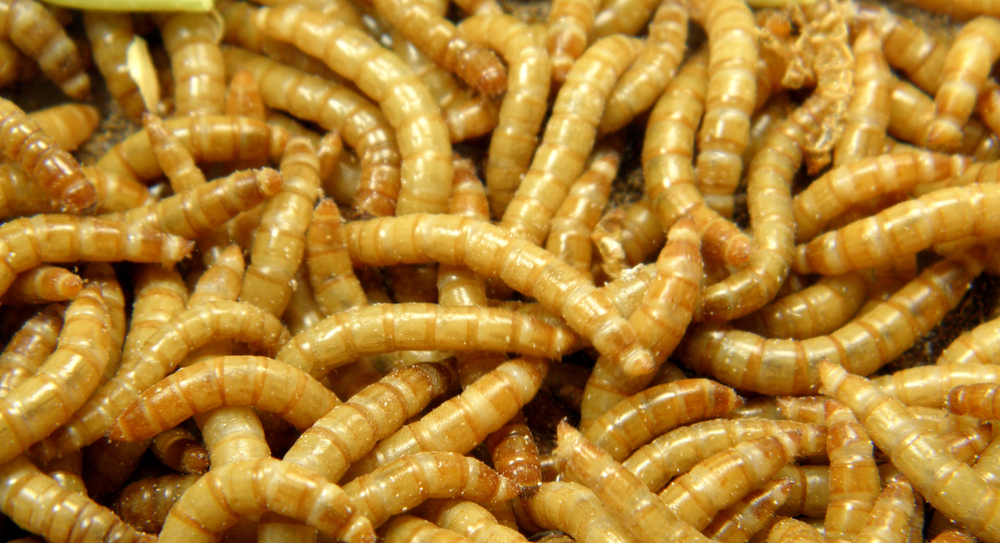
Mealworms are commonly used as food for both animals and people.
But research over the past few years has indicated that they have some even more impressive capabilities, including some that don’t involve them being eaten. New research builds on previous work that shows mealworms can not only eat toxic Styrofoam, but that they can break it down safely.
Styrofoam, a type of polystyrene, is cheap to make and phenomenally useful as an insulation and packing material, but recycling it is difficult and expensive. It also breaks down into smaller parts without actually decomposing, meaning that it can easily be consumed by animals or make its way into places where it shouldn’t be, like water systems. It’s been repeatedly classified as a possible or likely carcinogen.
While disposable take-out food has largely phased out Styrofoam in favor of cardboard and other recyclable materials, the material is still very common in insulation and packaging. This all brings us to the mealworm, a humble larval form of a beetle that’s a common food for people, pets, and livestock around the world.
Stanford University researchers have been working with mealworms for a few years. Mealworms have a reputation as an agricultural pest, because they’ll eat just about anything. That seems to be true, in that they’ll also consume plastics and other materials not normally considered, well, food.
In a new study, those Stanford researchers discovered that mealworms can consume Styrofoam, but not just any Styrofoam. The foam is often laced with some other chemicals to give it other attributes; flame retardants, for example, are common. It was known that mealworms will eat Styrofoam, but this is the first study to look at whether mealworms can safely consume chemical-laced Styrofoam, and to see what effects it’ll have.
This new research found that the mealworms were safely able to eat laced Styrofoam, and that they ended up concentrating and excreting the flame retardant material, isolating it from other materials. Even better, those Styrofoam-chomping mealworms could be fed to other animals—the researchers used shrimp—without conveying any of the dangerous chemicals.
This could provide a cheap, effective way to deal with plastic packing and insulation materials, while still keeping mealworms as a viable food option for livestock. That’d be a major economic advantage for any companies trying to use mealworms for plastic degradation. But the researchers are also careful to note that the mealworm-excreted flame retardants are still there; this doesn’t fully remove them. It’s not as good a solution as fully phasing out materials like these, but it could help.
"eat" - Google News
January 03, 2020 at 06:00AM
https://ift.tt/2tnQaR2
Mealworms Can Eat Toxic Styrofoam Safely - Modern Farmer
"eat" - Google News
https://ift.tt/33WjFpI
Shoes Man Tutorial
Pos News Update
Meme Update
Korean Entertainment News
Japan News Update
0 Comments:
Post a Comment